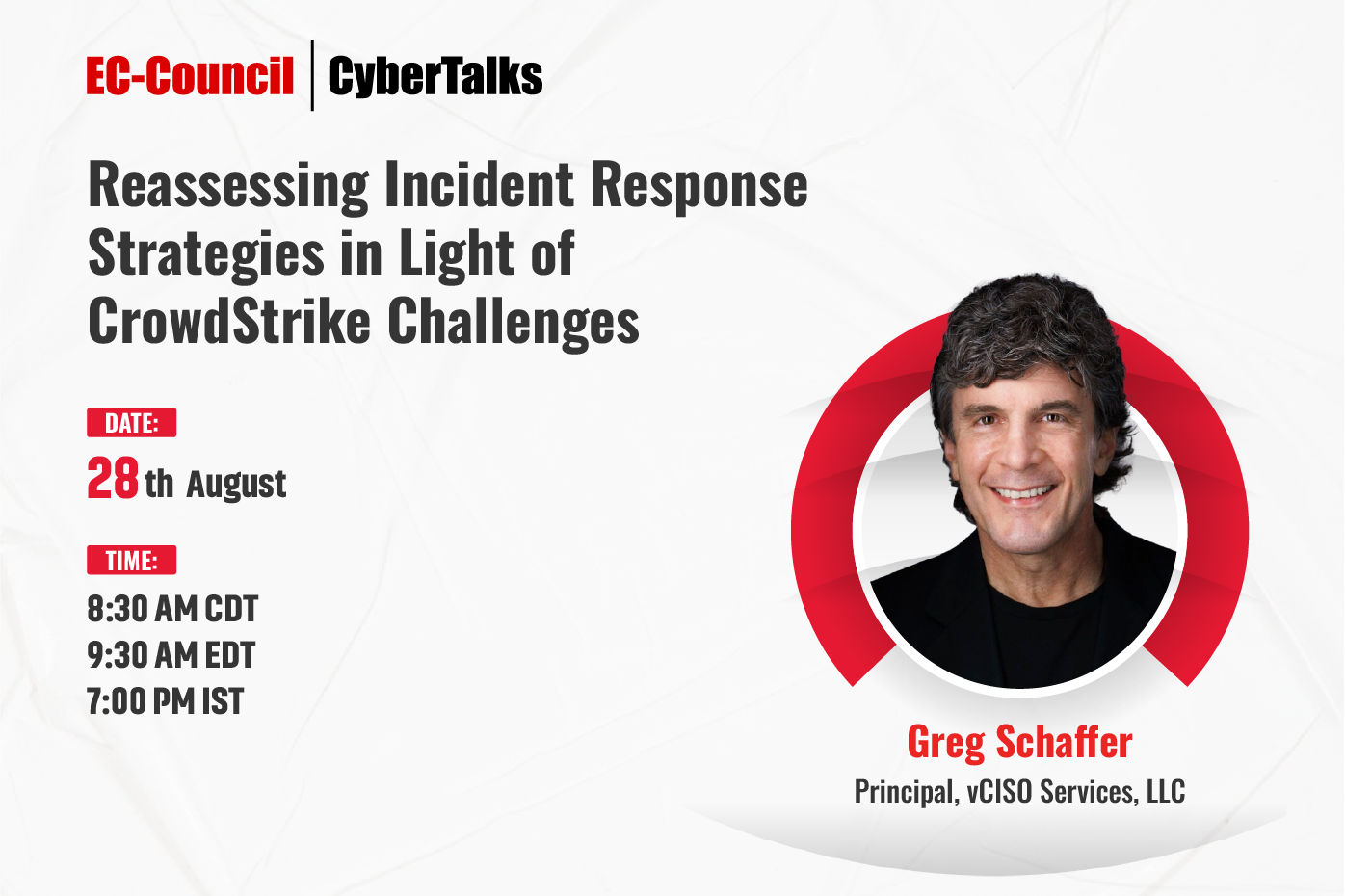It’s inevitable: at some point, most organizations will face a cyber incident. The consequences can be serious, whether it’s a malware outbreak, a phishing attack, or a data breach. That’s why cyber incident management is important for businesses.
Incident management is the process of identifying, responding to, and recovering from cyber incidents (Splunk, n.d.). When implemented effectively, it can help minimize the impact of a security incident and get your organization back up and running as quickly as possible.
Top Incident Management Best Practices to Follow
When it comes to managing IT operations, there is no room for error. Any disruptions in service can have a major impact on productivity and profitability. That’s why you need to have a well-defined incident management process in place for your organization.
Some of the most effective incident management best practices include the following:
1. Create a Clear and Concise Cyber Incident Management Plan
By having a clear and concise incident management plan in place, organizations can be sure that everyone knows what to do in the event of a security breach (HIMSS, 2022). This can help to minimize the damage caused and help restore operations seamlessly. A good cyber incident management plan should include:
- A list of who to contact in the event of an incident
- A step-by-step guide for responding to an incident
- A way to track and document incidents
- Training for employees on how to use an incident management plan
2. Train All Staff on the Cyber Incident Management Process
Cyber incident response training for employees is yet another good incident management practice. This is because they will know what to do if an incident occurs, and they will be able to minimize the damage done.
Additionally, when employees have cyber incident response certification, it shows that they are serious about protecting the company they are working for from cyberattacks.
Organizations can train staff by guiding them through each circumstance. Training can also include teaching techniques for cybersecurity awareness and ensuring the staff is familiar with the appropriate protocols (Poggi, 2021).
3. Establish Clear Roles and Responsibilities for Each Team Member
Another best practice for cyber incident management is establishing clear roles and responsibilities for each team member. This helps ensure that everyone knows what they need to do in the event of an incident and helps to avoid confusion and duplication of effort.
You could have one employee responsible for liaising with law enforcement, another for notifying customers and third-party service providers, and someone else for coordinating the overall response.
Alternatively, you might want to have a dedicated incident response team that handles all aspects of the response
4. Make Sure All Cyber Incident Management Tools and Technologies Are Up to Date
Keeping all cyber incident management tools and technologies up to date helps ensure that your organization is prepared to respond to incidents effectively.
Having the latest information and capabilities available to deal with cyber incidents can help businesses better understand their environment and its threats, which can lead to more effective responses to incidents.
5. Conduct Regular Cyber Incident Management Drills to Test the Process
One of the best ways to ensure that your organization is prepared for a cyber incident is to conduct regular incident response (IR) drills. IR drills test the process and procedures that have been put in place to respond to a cyber incident. They also help to identify any weaknesses in the system and allow for corrective action to be taken.
Conducting regular IR drills is a good practice for incident management for several reasons.
First, the incident response team can test their skills and procedures in a safe, controlled environment. This allows them to identify any areas where improvement is needed.
Second, it helps to build team cohesion and unity of purpose. When everyone knows what their role is and how to work together, the response to a real incident will be more effective.
Finally, it raises the level of awareness of the importance of cyber security within the organization. When everyone is aware of the potential for a cyber incident, they are more likely to take steps to protect themselves and their data.
6. Review the Cyber Incident Management Process Regularly
The 5 Stages of Incident Management Process
The cyber incident management process consists of five main stages that organizations should follow:
- Identification, logging, and categorization: This is the stage where incident handlers first become aware that there has been an incident and begin to collect information about it. This information is then used to decide how serious the incident is and what response is required.
- Notification and escalation: This stage aims to make sure that the right people are aware of the incident and are involved in the response. This may involve escalating the incident to a higher level of management.
- Investigation and diagnosis: At this stage, the focus is on understanding what has happened and why. This information is then used to decide what needs to be done to resolve the incident.
- Resolution and recovery: This is the stage where the problem is addressed so normal services can be restored and any lost/damaged data can attempt to be recovered. This may involve repairing damage, reconfiguring systems, or restoring data from backups (Lord, 2021).
- Incident closure: Once the incident has been resolved, it needs to be closed off. This involves documenting what happened, and lessons learned so that future incident can be prevented or dealt with more effectively.
Some of these stages may be combined or omitted, depending on the specific incident.
Why Organizations Hire Trained and Certified Incident Handlers
You may wonder why organizations hire trained and certified incident response analysts and why a cyber incident response certification is vital for you to acquire. After all, anyone can learn about incident response and resolution.
However, there are several benefits because organizations are keen on having a team of trained and certified incident handlers. First, employees who have this certification have the knowledge and experience to quickly contain and resolve an incident in case it occurs. Second, incident analysts know how to properly document the incident so that it can be used to improve your organization’s cyber security posture. And finally, trained, and certified incident handlers can provide valuable insights into how to prevent future incidents from occurring.
Overall, organizations find hiring a team of trained and certified incident handlers a wise investment. By doing so, many organizations ensure they are prepared to resolve future incidents quickly and efficiently.
EC-Council’s Certified Incident Handler (E|CIH) certification program has helped many incident handlers to demonstrate their expertise in managing and responding to cybersecurity incidents. Additionally, the certificate has provided many incident handlers with the knowledge and experience necessary to respond to cyber incidents appropriately.
Interested in learning more about the certification? Visit the E|CIH program page to learn more about the course and how to get certified.
References
HIMSS. (2019, August 13). Three ways to improve your security incident response plan. Cybersecurity and Privacy Resource Center. https://www.himss.org/resources/three-ways-improve-your-security-incident-response-plan
Lord, N. (2018, September 12). What is security incident management? the cybersecurity incident management process, examples, best practices, and more. Digital Guardian. https://digitalguardian.com/blog/what-security-incident-management-cybersecurity-incident-management-process
Poggi, N. (2021, November 5). 7 tips for training employees about cybersecurity awareness. Prey Project. https://preyproject.com/blog/en/how-to-educate-employees-about-cybersecurity/
Splunk. (n.d.) What is incident management? https://www.splunk.com/en_us/data-insider/what-is-incident-management.html
About the Author
Shelby Vankirk is a freelance technical writer and content consultant with over seven years of experience in the publishing industry, specializing in blogging, SEO copywriting, technical writing, and proofreading.










